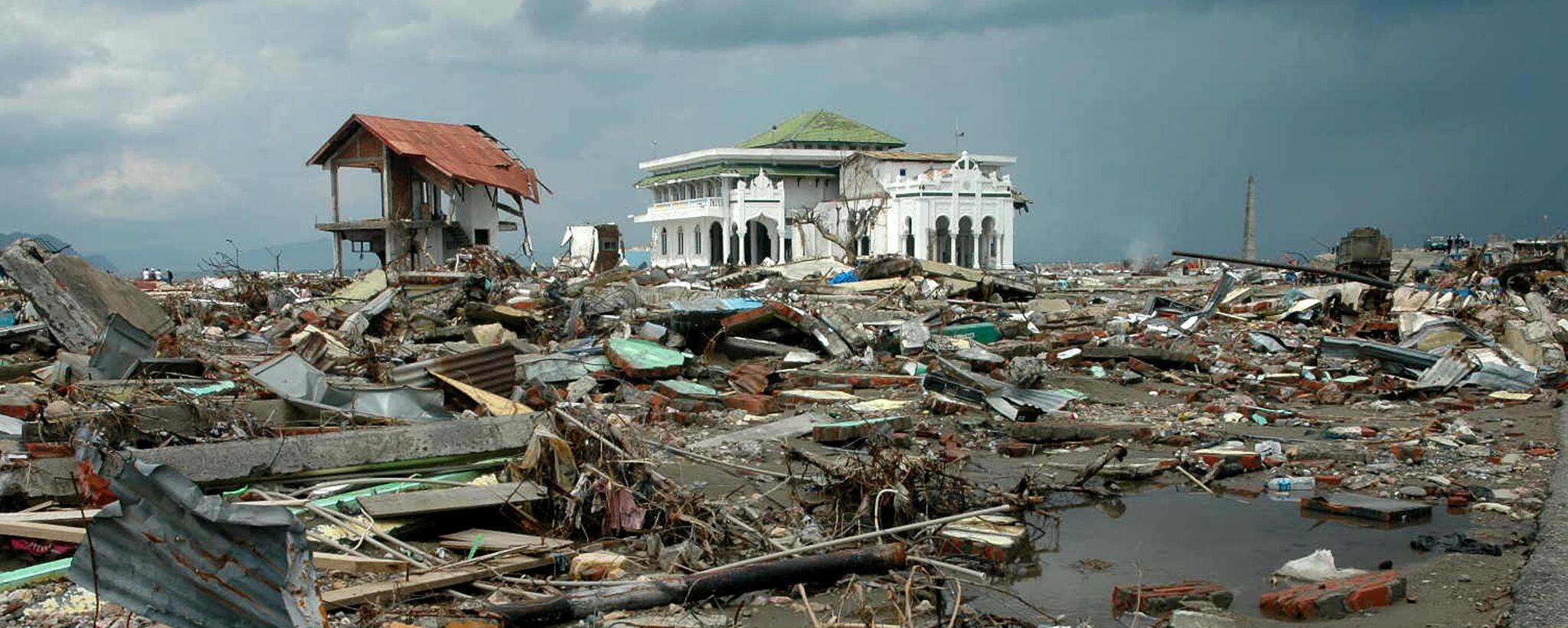Over the past century, our world has witnessed the devastating power of nature in the form of earthquakes, hurricanes, tsunamis, and other catastrophic events. These natural disasters have left indelible marks on communities, claiming lives, displacing populations, and reshaping landscapes. In this blog, we will explore the ten worst natural disasters of the last 100 years, reflecting on their impact and the lessons learned from these tragic events.
The Great Tangshan Earthquake (1976)
In the early hours of July 28, 1976, the city of Tangshan in northeastern China experienced one of the deadliest earthquakes in recorded history. Measuring 7.5 on the Richter scale, the quake resulted in the loss of approximately 242,000 lives. The city was nearly leveled, and the scale of destruction was exacerbated by a lack of preparedness and infrastructure resilience.
The Indian Ocean Tsunami (2004)
On December 26, 2004, a massive undersea earthquake off the coast of Sumatra, Indonesia, triggered a series of devastating tsunamis across the Indian Ocean. The tsunamis struck coastal regions in 14 countries, causing widespread destruction. The death toll exceeded 230,000, making it one of the deadliest natural disasters in recorded history. The event underscored the need for improved early warning systems and international collaboration in disaster response.
Hurricane Katrina (2005)
In August 2005, Hurricane Katrina made landfall in the Gulf Coast of the United States, particularly devastating the city of New Orleans. The storm surge breached levees, leading to widespread flooding. The inadequate response at both the federal and local levels exacerbated the crisis. The disaster resulted in over 1,800 fatalities and exposed systemic failures in emergency preparedness and response.
The Great East Japan Earthquake and Tsunami (2011)
On March 11, 2011, a massive 9.0-magnitude earthquake struck off the northeastern coast of Japan, triggering a powerful tsunami. The combined impact resulted in the Fukushima Daiichi nuclear disaster and the loss of over 15,000 lives. This event emphasized the need for robust nuclear safety measures and reinforced the importance of community resilience in the face of multi-faceted disasters.
Cyclone Nargis (2008)
In May 2008, Cyclone Nargis struck Myanmar, causing widespread devastation. The cyclone’s powerful winds and storm surge resulted in the loss of an estimated 138,000 lives and left millions homeless. The Burmese government’s response was heavily criticized for its reluctance to accept international aid promptly. Cyclone Nargis highlighted the importance of international cooperation and the role of humanitarian assistance in mitigating the impact of natural disasters.

The Haiti Earthquake (2010)
On January 12, 2010, a catastrophic 7.0-magnitude earthquake struck near the capital city of Port-au-Prince, Haiti. The densely populated and impoverished urban area experienced widespread destruction, with estimates of over 230,000 casualties. The earthquake exposed Haiti’s vulnerability to seismic events and underscored the challenges of post-disaster recovery in a fragile and under-resourced setting.
Cyclone Bhola (1970)
Cyclone Bhola, which struck East Pakistan (now Bangladesh) and the West Bengal area of India on November 13, 1970, is considered one of the deadliest tropical cyclones on record. The storm surge and high winds led to catastrophic flooding, claiming between 300,000 and 500,000 lives. This disaster highlighted the importance of early warning systems and effective communication in densely populated coastal regions.
The Tohoku Earthquake and Tsunami (2011)
The Tohoku earthquake off the coast of Japan in 2011 not only triggered a devastating tsunami but also caused a nuclear crisis at the Fukushima Daiichi Nuclear Power Plant. The triple disaster resulted in over 15,000 deaths and highlighted the vulnerabilities of nuclear facilities in seismic zones. It prompted global discussions on nuclear safety and the risks associated with siting nuclear plants near earthquake-prone areas.
The Central China Floods (1931)
The 1931 Central China floods stand as one of the deadliest natural disasters in history. Triggered by a combination of heavy rainfall and the overflow of the Yangtze River, the floods affected millions of people, resulting in an estimated death toll ranging from 1 to 4 million. The event drew attention to the importance of comprehensive flood control measures and infrastructure resilience in densely populated regions.
The last century has been marked by a series of natural disasters that have shaped our understanding of the vulnerabilities of human settlements and the urgent need for disaster preparedness and response. From earthquakes and tsunamis to hurricanes and cyclones, these events serve as powerful reminders of the importance of international collaboration, robust infrastructure, and proactive measures to mitigate the impact of future disasters. As we reflect on these tragic moments in history, it is essential to channel the lessons learned into building a more resilient and prepared world for the generations to come.

